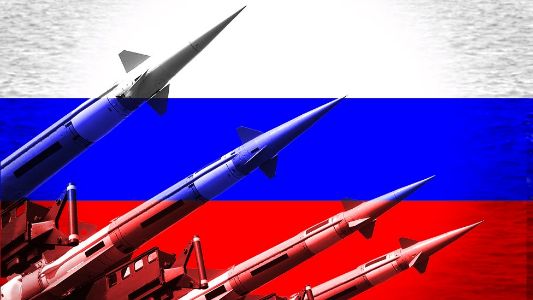
-
Published: 26 November 2022

In an assessment based on photos taken from inside Ukraine of the wreckage of a Russian air-launched cruise missile "as-15 Kent", which was designed in the Eighties of the
last century exclusively for carrying nuclear warheads, British military intelligence said that it is likely that Russia is removing nuclear warheads from old cruise missiles and replacing them with heavy metal warheads in order to use them in shelling Ukrainian territory.
She added that the move highlights the level of depletion in Moscow's stockpile of long-range weapons.
"Regardless of Russia's intention, this improvisation confirms the level of depletion of Russia's long-range missile stocks,"the British Ministry of Defense said.
It has become a certainty that Russia hopes that the missiles will carry out the task of deceiving Ukrainian air defenses.
The British Ministry of defense, in a daily intelligence update posted on Twitter, said that this system will cause damage through the kinetic energy of the missile and unexpended fuel. But it is unlikely to achieve a reliable effect on the intended goals.
Russia has launched a wave of cruise missile and drone attacks on Ukraine in the past few weeks, killing dozens of civilians and causing power outages throughout the country.
Russia used a lot of precision-guided missiles to hit ground targets throughout Ukraine early in the war, but the strikes subsided over the summer as some Western defense officials said the Russians ' stockpile had declined significantly.
Russia's stockpile of missiles is a closely guarded secret, and it is not known what materials Western intelligence services are based on in their assessments, but there are some clues in the photographs of recent Russian attacks on targets inside Ukraine.
According to estimates by the Federation of American Scientists (a non - governmental organization), the Russians have 5,977 nuclear warheads - which are responsible for triggering the nuclear explosion-but this number includes about 1,500 out-of-Service warheads.
The remaining 4,500 warheads are mostly considered strategic weapons-whether ballistic missiles, or other missiles that can be aimed at long distances. And those are the weapons that usually accompany nuclear war.
The rest are smaller, less destructive and are used for targets located at short distances on battlefields or at sea.
But this does not mean that Russia has thousands of long-range nuclear warheads ready for use now.
Experts estimate that there are currently about 1,500 nuclear warheads "deployed", meaning that they are placed on bases and launchers of missiles and bombers or on submarines at sea.
